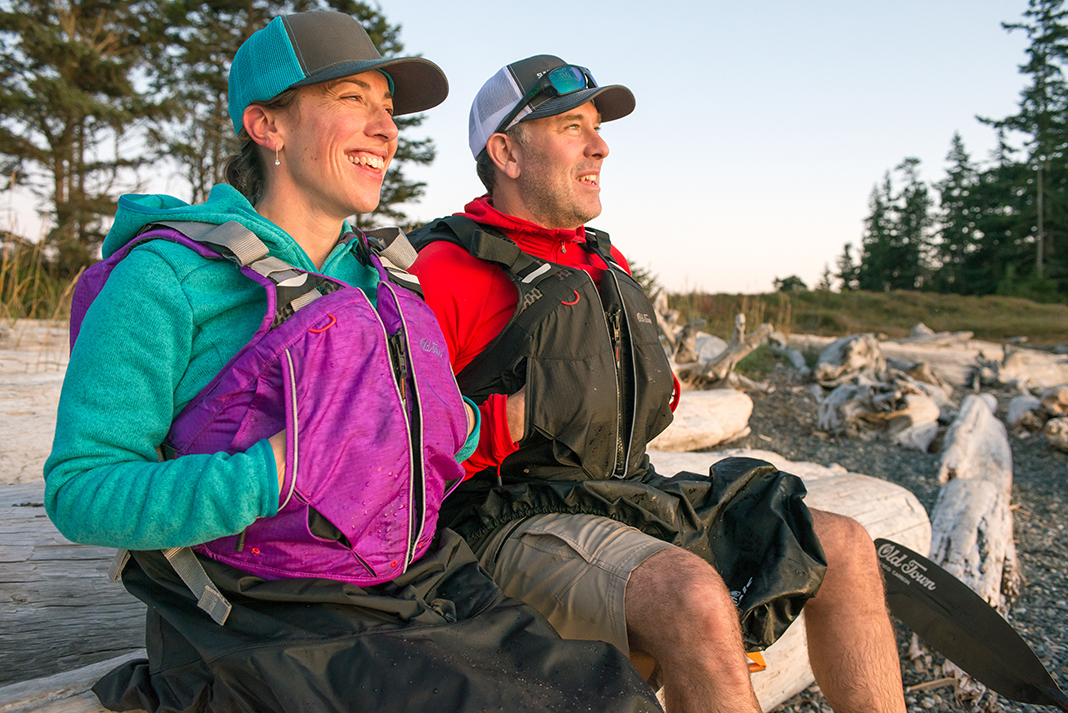The Adirondack 90 miler Canoe Classic race is celebrating its 40th race year this September. Two years ago (three if you count covid) the race management and directorship was acquired by the good folks at the Northern Forest Canoe Trail (NFCT), based in Vermont. Previously it was originally managed by a local community chamber of commerce, then a well known well liked outfitter took it over for the majority of the time until the recent acquisition. The outfitter ran a very safe race, with coordination, monitoring, and participation directly by local and the NY State Police Troopers, the NYSDEC Forest Rangers, and environmental police, an amateur radio club, local search and rescue teams, plus an army of DEC official and volunteer safety boats stationed within sight of everyone on the water, standby ambulances, official boat number counter stations, and anyone else you can think of. The director was also for many years involved with Boy Scouting and BSA guiding/training on wilderness lakes, which always has a mandatory PFD wearing policy at all times. Although in compliance with NY State law, every racing paddler needed to have a PFD within easy reach on board in every boat; the choice of wearing their PFD was usually optional with the individual. However, during times when the wind and waves are or were forecast to be high, a mandatory order was given for all to wear their PFD, not just encouraged.
I can remember times in the earlier years when the race route included a portion of a wide open broad windy lake (Raquette Lake), where those extremely tippy but fastest C2 "pro" canoes often capsized when paddling in the highest waves rounding close to a particularly windy point. Racers are obligated to stop and offer assistance to any paddler in trouble. But these capsizes were most often so close to shore that either someone was already rendering assistance, or the paddlers were already in process of physically climbing out on shore by the time I came paddling by. Because of those too frequent conditions at that location, the race route was changed to avoid that segment of the large windy lake. With most of the allowed 275 boats in the race fairly clustered together, unless you are the last boat (which is always followed by a chase safety motor boat), chances are someone will be coming along soon.
Now, with NFCT recently in charge of the 90 miler and other regional races, it is 100% mandatory for all to "Always" wear a PFD at all times when on the water. No doubt I assume as a result of their new insurance policy requirements.

 paddlingmag.com
paddlingmag.com

